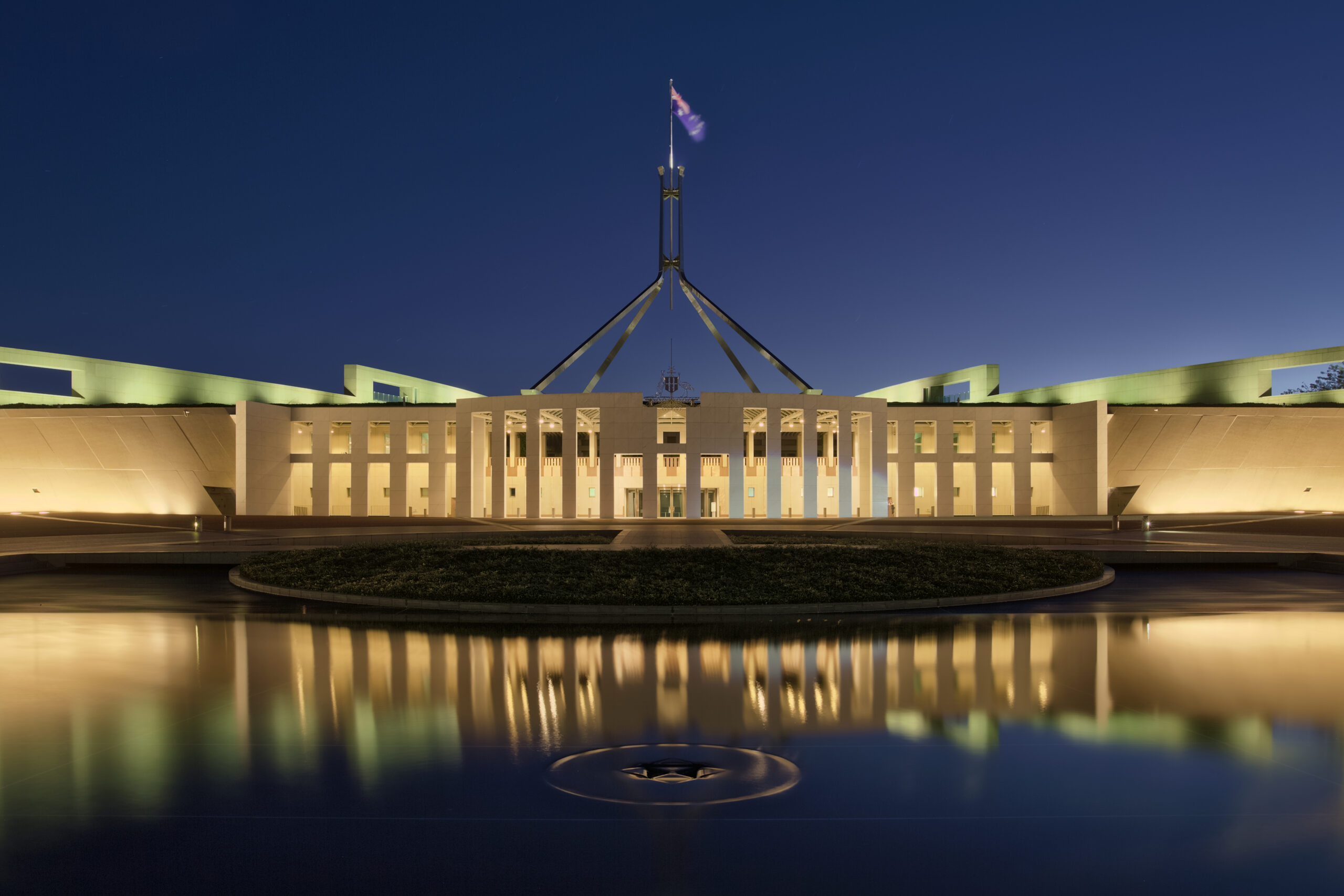The Australian Institute of Architects has commended the Australian Government on its multi-faceted approach to develop greater housing supply, diversity and affordability in its 2023-2024 Budget.
The peak body for almost 14,000 architects and urban design professionals has repeatedly called for increased housing funding, and renewed commitments to an integrated approach to city planning.
The Institute’s National President Shannon Battisson said the housing-supply incentives for community housing and build-to-rent were important steps at a time of significant need.
But she said it was critical to increase investment for public housing, in line with the Institute’s January pre-Budget submission for a $4 billion fund.
“We welcome the government’s prioritisation of housing as a key issue in this year’s Budget,” she said.
“These initiatives will help to unlock Australia’s housing challenge. We will continue to support greater investment from the Australian and state governments into public housing.
“We also welcome targeted support for individuals with a 15 per cent increase to the maximum rate of rent assistance.”
The Institute noted the $10bn Housing Australia Future Fund initiative to build one million new homes from 2024, and supports the delivery of increased funding.
The Institute said it was positive that additional supply, through community housing providers, should be forthcoming with the increased liability cap of $2bn to the National Housing Finance and Investment Corporation (NHFIC), and housing options increased, through managed investment trust tax breaks to create build-to-rent developments.
The Institute also noted the $1bn low-cost loan scheme to increase energy efficiency in private homes as well as $300 million over four years to save energy in social housing, a key priority of architects.
“This is a win-win for both housing and energy reductions,” she said. “These initiatives will promote sustainable and efficient practices for Australians.” Likewise, the $7.5m scheme to electrify homes in the ACT is beneficial.
The Institute was also heartened at the renewed commitment to cities. It welcomed the announcement of a national approach to sustainable urban development through a commitment of $211m over three years to fund the Thriving Suburbs Program for community infrastructure, $159.4m over four years for the Urban Precincts and Partnerships Program, and $11m over four years to reinstate the State of Cities report.
Broadly, the Institute has also commended the $14.6bn package to support cost-of-living relief.
However, the Institute continues to be disappointed at the continued lack of implementation for an Australian Government Architects Office. This common-sense approach to oversight for Government and statutory agencies would provide a cost-effective way to achieve good design and outcomes for government-owned or funded buildings.
“We will continue to call for an appropriately funded Australian Government Architects Office,” she said.
Further, the Institute considers the lack of a specific fund for First Nations housing and codesign a missed opportunity to deliver sustainable, affordable and enduring housing for our Indigenous populations.
Media enquires
For further information, please contact: Rosanne Barrett on behalf of the Australian Institute of Architects
M. +61 (0) 425 420 024 | hello@barrettcomms.com.au
Feature image: Nightingale 2.0 – Fairfield | Six Degrees Architects | Photographer: Tess Kelly
Related news

2023-24 Federal Budget Analysis
The economy Growth over the next two years is expected to be weak. The Australian economy is expected to outperform all major advanced economies but is slowing in the face

Hobart stadium ‘lacks process rigour’
The Australian Institute of Architects is disappointed at the decision to invest $715 million in a new sports stadium precinct in Hobart without due urban planning processes. Last night’s Budget
